Human Model
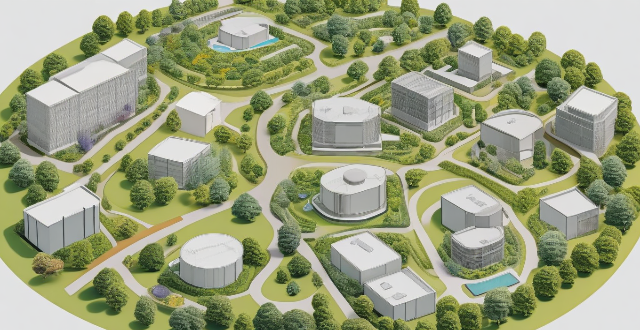
How do scientists use climate models to study the impact of human activities on the environment ?
Climate models are mathematical tools used to simulate the Earth's climate system and study the impact of human activities on the environment. The process involves data collection, model construction, scenario analysis, prediction and projection, and continuous validation and refinement. These models help policymakers make informed decisions about reducing greenhouse gas emissions and adapting to climate change.
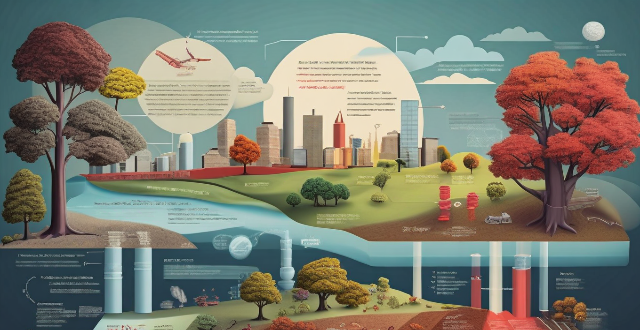
How do climate model predictions influence policy decisions ?
Climate model predictions significantly influence policy decisions on climate change by identifying risks, assessing mitigation measures, guiding long-term planning, and fostering international cooperation. These models simulate the Earth's climate system to predict future conditions, aiding in prioritizing actions, allocating resources, and evaluating intervention strategies. However, challenges like uncertainty, data quality, interpretation, and policy inertia must be addressed to ensure effective translation of scientific findings into actionable policies.

What are the limitations of climate model predictions ?
Climate models are valuable tools for predicting future climate patterns but come with limitations like uncertainty in initial conditions, emission scenarios, and natural variability. Complexities in model processes, spatial and temporal resolutions, computational constraints, feedback mechanisms, and the representation of human interactions add layers of uncertainty. Validation against historical data is imperfect, and ensemble methods help but do not eliminate all uncertainties. These limitations must be considered when interpreting model predictions to ensure informed decision-making regarding climate change strategies.
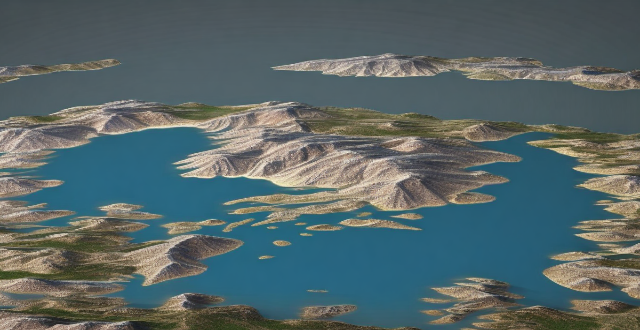
What is a climate model and how does it work ?
A climate model is a computational representation of the interactions between various components of the climate system, used by scientists to simulate and understand the behavior of the Earth's climate. It involves data collection, mathematical equations, numerical methods, computational simulation, and model evaluation and validation. There are several types of climate models, including atmospheric models, ocean models, coupled models, ice sheet models, and ecosystem models.

What is artificial intelligence and how does it work ?
Artificial Intelligence (AI) is a branch of computer science that simulates human intelligence in machines. It involves the use of algorithms and statistical models to analyze and interpret data. The process includes data collection, preprocessing, feature extraction, model training, evaluation, deployment, and continuous learning. AI systems are capable of performing tasks that usually require human intelligence, such as interpreting natural language, recognizing patterns, solving problems, and making decisions.
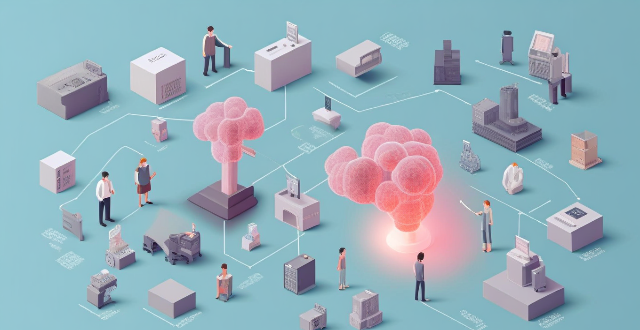
What factors affect the accuracy of climate model predictions ?
The accuracy of climate model predictions is influenced by various factors including data quality and availability, model complexity and resolution, initial conditions and parameterizations, natural variability and external forcing, and the use of model intercomparison and ensemble methods. High-quality, up-to-date data and comprehensive models that account for multiple physical processes and high-resolution details are crucial. Initial conditions, sub-grid scale process parameterizations, internal climate variability, and external forcing factors add layers of complexity and uncertainty. To mitigate these uncertainties, scientists employ intercomparison projects and ensemble forecasting techniques to assess model reliability and potential future climate scenarios.
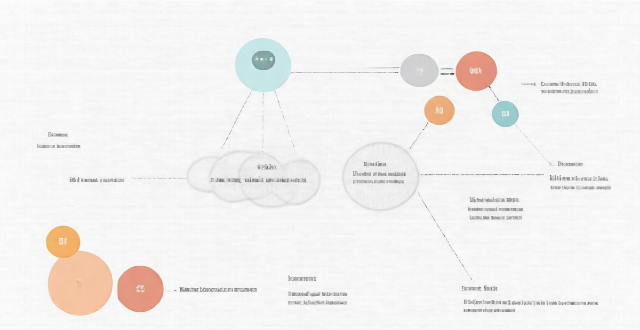
How often are climate model predictions updated ?
Climate model predictions are updated as new data becomes available and understanding of the climate system improves, with updates happening regularly. The updating process includes steps like data collection, model evaluation, parameter tuning, validation, publication, and feedback iteration.

Does the new iPhone model have a better camera than the previous model ?
The new iPhone model has a better camera than the previous model due to hardware improvements like a larger sensor, increased aperture, and improved optical image stabilization. Software enhancements such as Deep Fusion, enhanced Night mode, and improved Portrait mode also contribute to higher image quality. Sample photos show that the new model produces images with better detail, color accuracy, and dynamic range, especially in low-light situations. Upgrading to the latest iPhone model is recommended for those who prioritize having a high-quality camera on their smartphone.
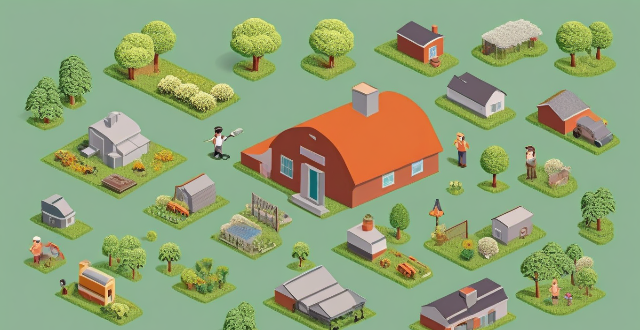
What are the implications of inaccurate climate model predictions ?
Inaccurate climate model predictions can have far-reaching implications, affecting various aspects of our lives and the environment. This article will discuss the potential consequences of these inaccuracies and highlight the importance of accurate climate modeling. Misallocation of resources, loss of biodiversity, and increased greenhouse gas emissions are some environmental impacts. Economic implications include costly mitigation strategies, loss of revenue, and uncertainty in investment decisions. Social and health impacts involve displacement and migration, public health risks, and food security threats. Policy implications include weakened climate policy, international relations, and legal challenges. Accurate climate model predictions are crucial for effective environmental management, economic planning, social welfare, and policy development.

How much does the new iPhone model cost ?
The new iPhone model's cost is influenced by storage, color, and carrier. Prices range from $699 for the 128GB iPhone 13 Mini to $1,599 for the 1TB iPhone 13 Pro Max. These prices are for base models without extras, and taxes/shipping may apply.

How do I make sure my downloaded wallpaper is compatible with my iPhone model ?
This guide provides steps to ensure downloaded wallpapers are compatible with specific iPhone models, including checking resolution and aspect ratio, using reliable sources, and testing on the device.

Can I use any screen protector for my iPhone model or are they specific ?
Screen protectors are indeed specific to each iPhone model due to differences in size, shape, and design elements such as notches or camera cutouts. To choose the right screen protector for your iPhone model, check compatibility, consider quality and material, look for reviews and ratings, check the installation method, and look for a warranty or return policy.

How accurate are climate model predictions ?
Climate models are mathematical representations used to predict future climate conditions based on greenhouse gas emissions and other factors. The accuracy of these predictions is complex, influenced by uncertainty, variability, validation against past climate change, ensemble forecasting, continuous improvement, and various limitations. Despite their usefulness, it's crucial to recognize their limitations and uncertainties for informed decision-making about climate change.
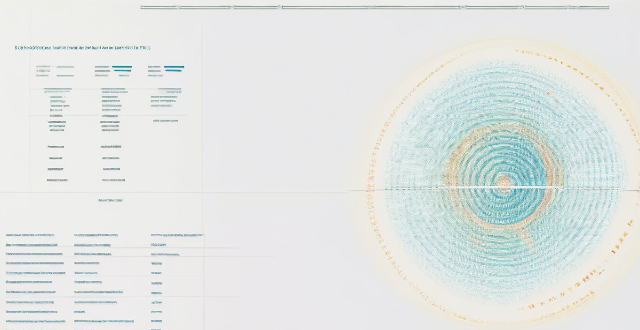
How do climate model predictions inform sustainable development goals ?
Climate model predictions are vital for guiding sustainable development goals (SDGs) by providing insights into future climate conditions. They help project future climate scenarios, assess risks and vulnerabilities, support policy decisions, promote cross-sectoral collaboration, and enhance public awareness. By using these predictions, policymakers can make informed decisions that promote sustainability and resilience, contributing to the achievement of the United Nations' 2030 Agenda for Sustainable Development.

How do climate model predictions differ from weather forecasts ?
Climate model predictions and weather forecasts differ in terms of time frame, purpose, methodology, accuracy, and impact on decision making, with the former focusing on long-term trends for policy-making and the latter offering short-term insights for daily activities.

What are the limitations of current climate models ?
This article discusses the limitations of current climate models, which are essential tools for predicting future climate conditions and understanding the impacts of human activities on the environment. The main limitations include uncertainty in model inputs, limited spatial resolution, simplified physics and processes, computational constraints, and challenges associated with model intercomparison projects. Addressing these challenges will be crucial for improving our ability to predict future climate conditions and assess potential impacts on ecosystems and human societies.

How can we ensure that climate action is consistent with human rights ?
To ensure that climate action is consistent with human rights, we need to adopt a holistic approach that takes into account the social, economic, and environmental dimensions of sustainability. Some strategies include recognizing the interdependence between climate action and human rights, integrating human rights into climate policy, ensuring transparency and accountability, promoting participatory democracy, strengthening legal frameworks, and building capacity and providing support to vulnerable populations. By doing so, we can create a more equitable and just world for all.
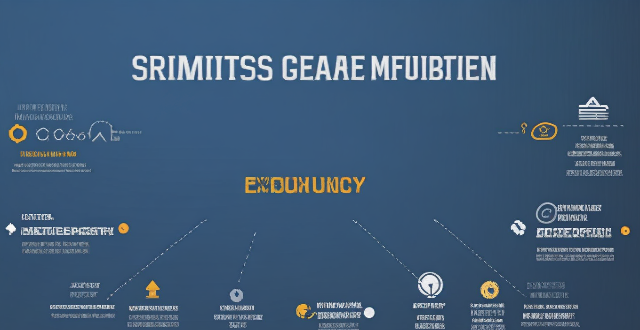
What are the legal frameworks for addressing climate change and human rights ?
The text discusses the various legal frameworks that exist to address climate change and human rights, including international agreements, national laws, and regional regulations. It highlights the importance of a multifaceted approach to tackle this complex issue and emphasizes the need to protect vulnerable communities' rights in the process. The text also provides examples of specific initiatives taken by different entities such as the United Nations, the United States, the European Union, the African Union, and the Association of Southeast Asian Nations. Overall, the text suggests that by working together at these different levels, we can create a more equitable and sustainable future for all.

Can climate change be considered a human rights issue ?
The text discusses the impact of climate change on human rights, focusing on health and safety, access to resources, displacement and migration, and intersectionality. It argues that climate change can be considered a human rights issue because it has the potential to violate several fundamental rights enshrined in international law. The text concludes that addressing climate change is crucial for protecting and promoting human rights globally.

Can AI replace human decision-making in complex situations ?
Artificial intelligence (AI) has made significant strides in recent years, leading to discussions about its potential to replace human decision-making in complex situations. While AI possesses certain advantages, such as speed and accuracy, it still faces limitations that prevent it from fully replacing humans in decision-making processes. Advantages of AI in decision-making include speed and efficiency, accuracy and consistency, and scalability. However, AI also has limitations such as lack of creativity, ethical considerations, and interpretability. Examples of complex situations where AI may not replace human decision-making include medical diagnosis, legal judgments, and business strategy. In conclusion, while AI has the potential to assist humans in decision-making processes, it cannot fully replace them in complex situations. The combination of AI's analytical capabilities and human creativity, ethics, and intuition will likely lead to better outcomes in these scenarios.

Is the greenhouse effect a natural phenomenon or human-induced ?
The greenhouse effect is a natural process that helps maintain Earth's climate, but human activities have significantly increased greenhouse gas concentrations, leading to an enhanced or "human-induced" effect. This has resulted in global warming and other environmental issues, such as rising sea levels, extreme weather events, and ocean acidification.

What are the responsibilities of governments in addressing climate change and protecting human rights ?
Governments worldwide have a crucial role in addressing climate change and protecting human rights. Their responsibilities include legislation, public awareness, research, international cooperation, adaptation measures, protection of human rights, alignment with Sustainable Development Goals, and monitoring progress. By taking proactive steps in these areas, governments can create a sustainable future for all citizens while respecting their fundamental rights.

How might global warming influence future patterns of human migration ?
Global warming is poised to significantly influence future patterns of human migration through various channels, including sea level rise, changes in agricultural zones, extreme weather events, economic impacts, health considerations, and social and political factors. These changes will contribute to shifts in where and how humans choose to live, forcing coastal communities to relocate, increasing the risk of flooding in currently habitable areas, movement away from regions that become too hot or dry for farming, shifts toward more favorable climates for growing crops, increased frequency and intensity of extreme weather events, decline in traditional industries like fishing or agriculture in certain regions due to changing conditions, growth in new industries related to renewable energy or climate adaptation in other areas attracting workers, spread of diseases like malaria and dengue fever to new regions as the organisms that carry them move into warmer areas making some areas less hospitable for human habitation due to heat-related illnesses becoming more common, conflicts over resources like water and arable land which may be exacerbated by climate change, and government policies on resettlement and climate adaptation measures that could either facilitate or hinder migration.
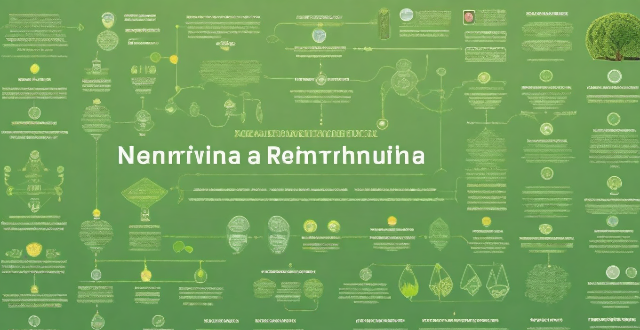
Can you provide examples of successful knowledge frameworks in various disciplines ?
Knowledge frameworks are structured approaches to organizing information within a field of study or practice. Successful examples include the human body systems in medicine, the OSI model in computer science, the language acquisition framework in linguistics, SWOT analysis in business, the ecosystem services framework in environmental science, and Bloom's Taxonomy in education. These frameworks facilitate specialized knowledge, standardize protocol development, guide teaching methods, support decision-making processes, highlight interdependence between natural systems and human well-being, and promote higher-order thinking skills.

Is climate variability increasing due to human activities, such as greenhouse gas emissions ?
The text discusses the topic of whether climate variability is increasing due to human activities, especially greenhouse gas emissions. It explains that climate variability refers to the range of weather conditions in a region and that natural factors can influence it. However, the focus is on the role of human activities, such as burning fossil fuels for energy, deforestation, and industrial processes, which have led to a significant increase in greenhouse gas emissions. These emissions trap heat in the Earth's atmosphere, causing a warming effect known as the greenhouse effect. The text then explains that the increase in greenhouse gas concentrations has several effects on climate variability, including changes in temperature, precipitation patterns, sea level rise, and extreme weather events. It also mentions that there is a scientific consensus that human activities are the primary driver of recent climate change. In conclusion, the text states that climate variability is indeed increasing due to human activities, particularly greenhouse gas emissions, and that global efforts to reduce these emissions and mitigate the impacts of climate change are crucial.

How accurate are climate models in predicting future weather patterns ?
Climate models are complex mathematical representations designed to predict future weather patterns. The accuracy of these models is influenced by factors such as data quality, model complexity, and uncertainty in future emissions. Limitations include less accurate short-term predictions and uncertainty in model projections. Potential improvements include better data collection, advances in modeling techniques, and collaboration across disciplines.
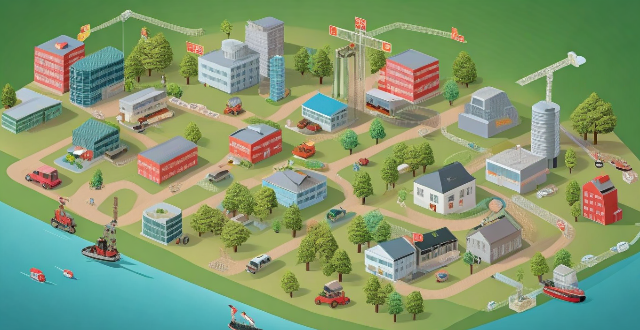
How can we balance economic development with climate action and human rights protection ?
Balancing economic development with climate action and human rights protection requires prioritizing sustainable development, integrating climate action into economic planning, protecting human rights, and collaborating across sectors. Governments and businesses should adopt policies and practices that promote renewable energy sources, reduce greenhouse gas emissions, encourage investment in green technologies, support small-scale farmers, promote fair trade practices, develop national climate plans, invest in research and development of new technologies, provide incentives for eco-friendly behaviors, ensure equal access to education, healthcare, and other basic services, protect the rights of marginalized communities, promote gender equality, enforce laws that protect workers' rights, establish cross-sectoral partnerships, encourage dialogue and consultation between stakeholders, support local initiatives, and encourage international cooperation.

How does machine learning differ from traditional programming ?
Traditional programming involves writing code for specific, predictableTraditional programming involves writing code for specific, predictable while machine learning focuses on adapt Traditional programs produce deterministic results and require explicit instructions for all scenarios, whereas machine learning models can generalize from examples and make predictions on new data. The development process for traditional programming involves algorithm design, debugging, and testing, while machine learning involves data collection, model training, evaluation, and tuning. Traditional programs may struggle with scalability and flexibility, while machine learning models can handle large datasets and adapt to changing patterns without manual code changes. Human involvement in traditional programming is active and clear, while in machine learning, it is passive and sometimes difficult to understand the decision-making process. The choice between these approaches depends on the problem's nature, data availability, and the need for adaptability and scalability.
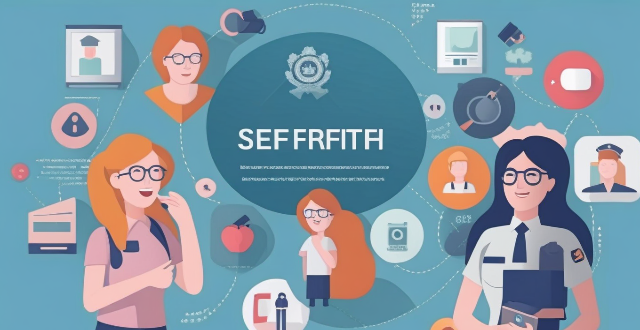
How effective are current policies in preventing human trafficking, especially affecting women and girls ?
This text discusses the effectiveness of current policies in preventing human trafficking, focusing on international cooperation, legal measures, public awareness campaigns, protection and support services, economic development initiatives, and technology and innovation. It highlights that while these policies have made strides in raising awareness and strengthening legal frameworks against human trafficking, particularly affecting women and girls, there is still much work to be done. The complexity of the issue demands a multifaceted approach that combines law enforcement with social services, international cooperation with grassroots action, and traditional methods with innovative solutions. Continuous evaluation and adaptation of these policies are necessary to ensure they remain effective in protecting vulnerable populations from this grave violation of human rights.